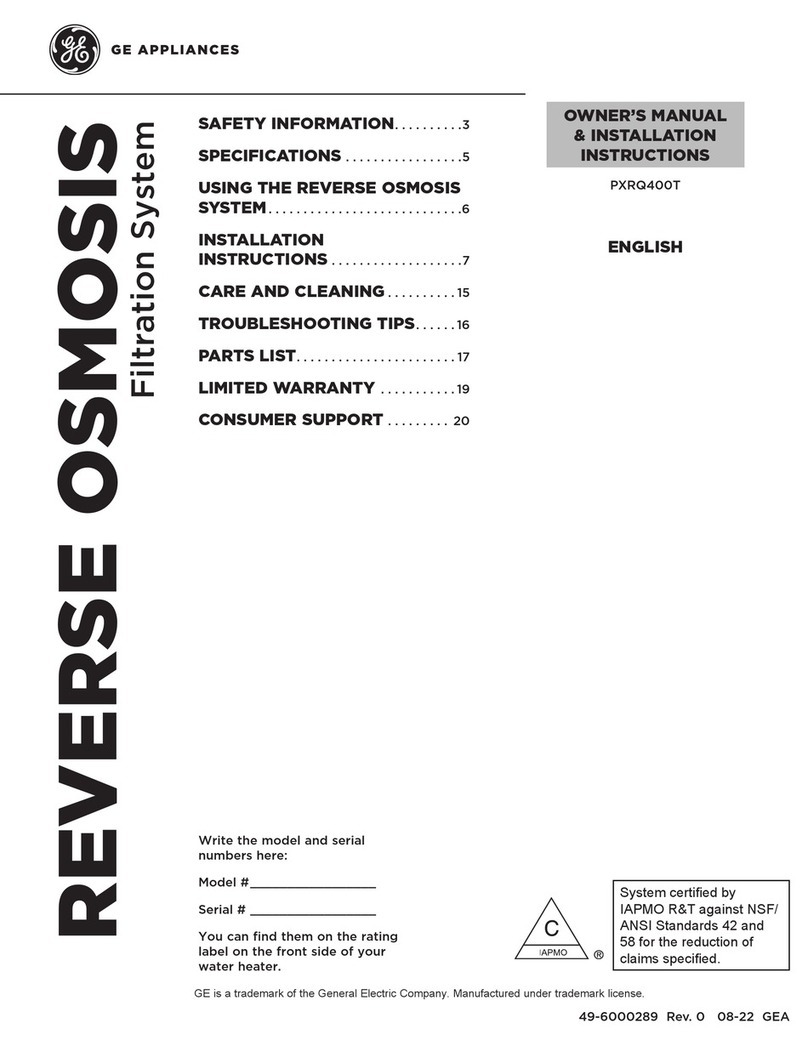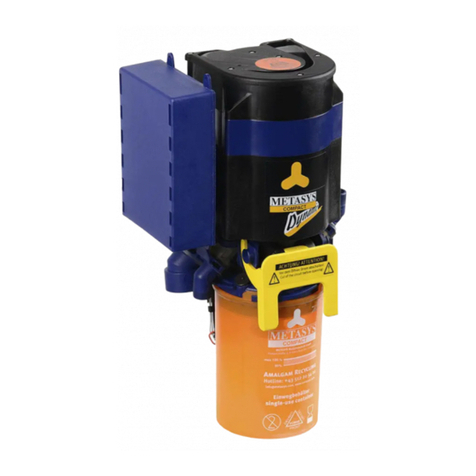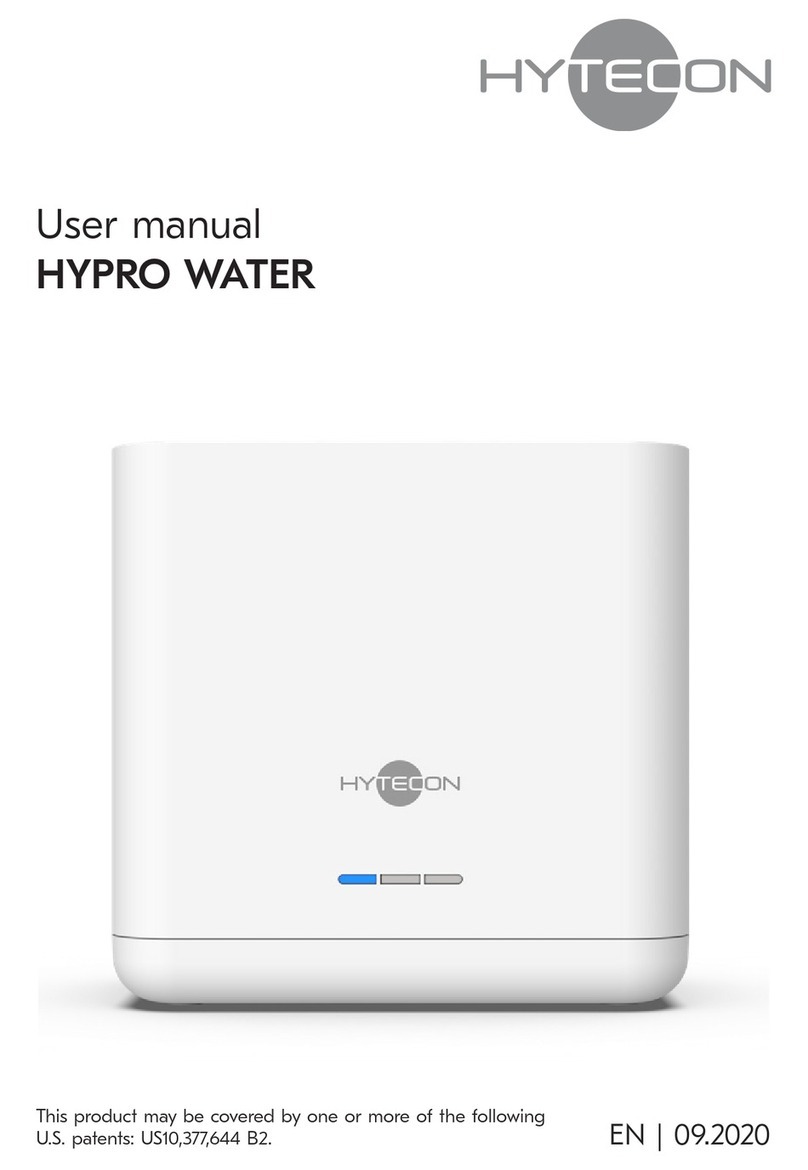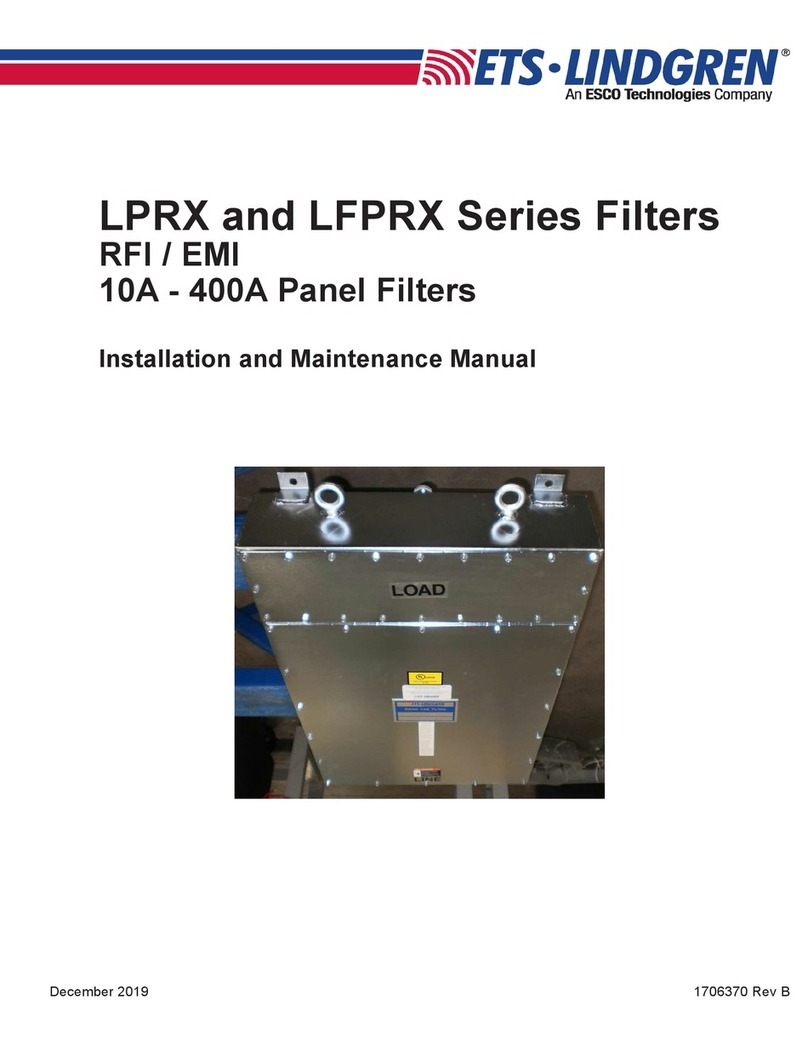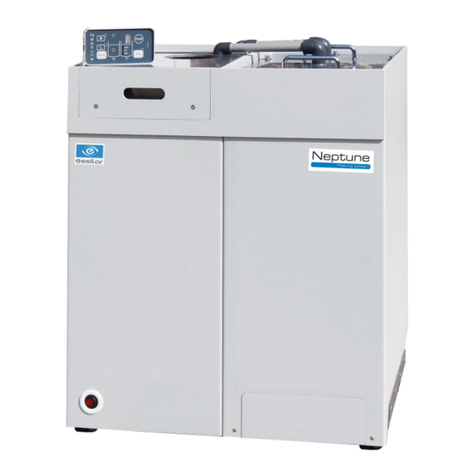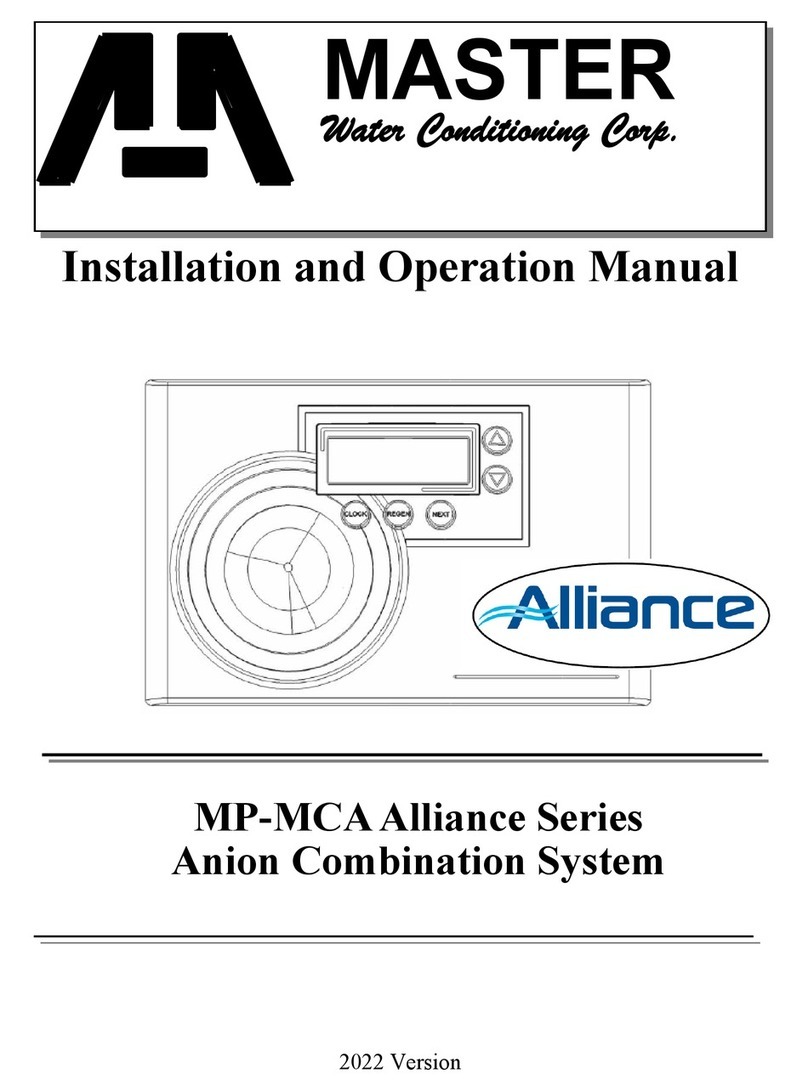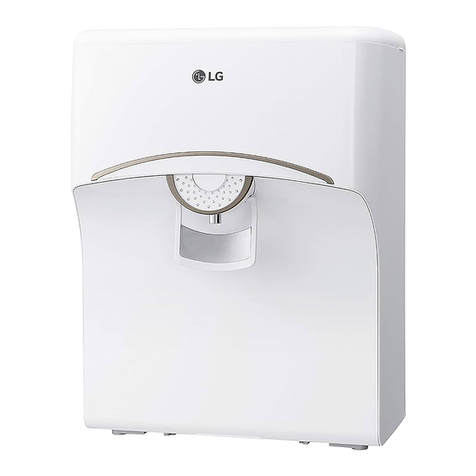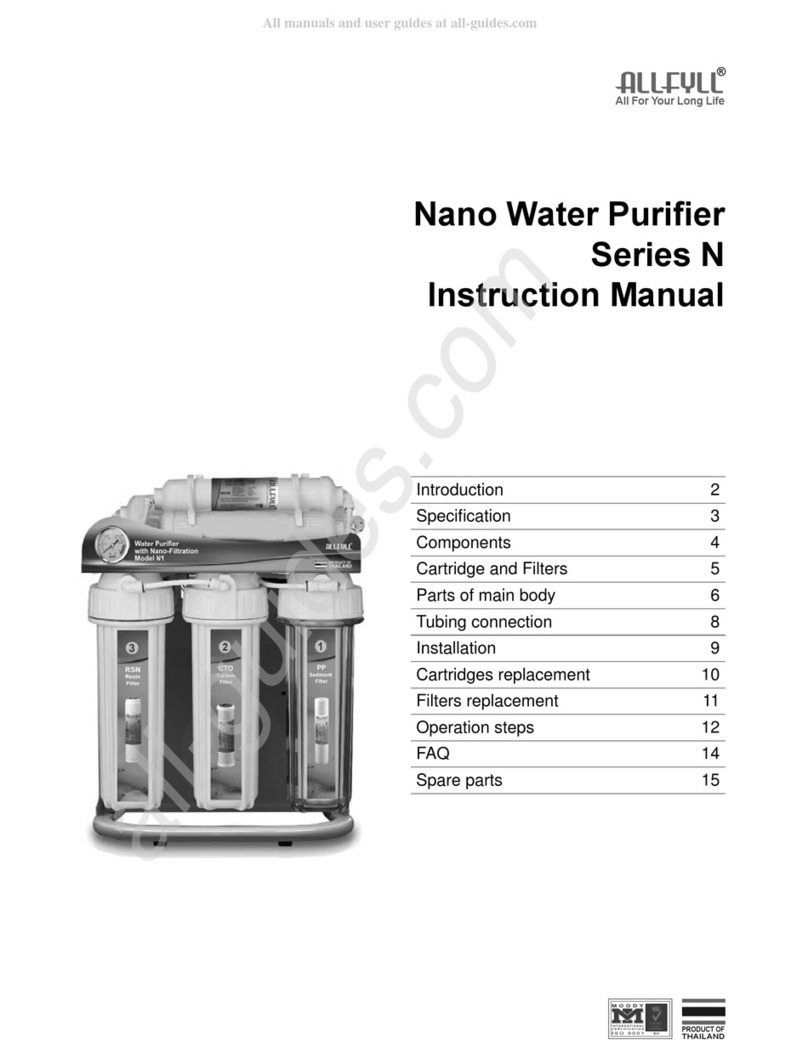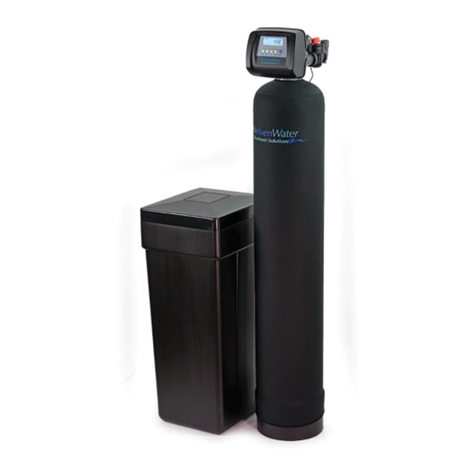
44
Maintenance of Your Conditioner
Salt: Salt is vital to your system working correctly.
Not only must a softener have salt, but it should be
the proper type to insure efficient recharging of the
unit. Ask your dealer what type of salt may best suit
your needs. Always have an adequate supply of salt
on hand. Check the salt level of your brine tank every
couple of weeks initially to determine how much
salt you use - this will depend on how much water
you use. As a rule of thumb, with 20 gpg hard water,
about a 1/2 lb. of salt per person per day is used. In
other words, a family of four uses 60 lbs. of salt a
month. Fill the tank approximately three-fourths full,
with a minimum of 12" of salt. If your household does
not use much water, do not fill your
salt keeper over 1/2 full, salt bridging may occur in
the brine tank. This may result in hard water due to
ineffective regeneration. DO NOT USE Block Salt.
Block salt does not dissolve quickly enough to
provide a good regeneration.
Cleaning Salt Tank: The salt tank may require periodic
cleaning. Inspect the salt tank at least once a year for
buildup of insoluble materials. It is recommended to
periodically clean the salt tank no matter what kind
of salt you are using. REMEMBER: Salt is the fuel to
run your water conditioner. Buy the best clean salt
available.
Operating Conditions
Your water conditioner has been designed to
adequately handle up to 100 grains per gallon
of hardness as well as up to 2 ppm of ferrous
bicarbonate iron. This is iron that is dissolved in
water and not visible to the eye in a freshly drawn
sample. After standing in contact with air, the ferrous
iron will become oxidized to the ferric state and start
to precipitate as a reddish brown floc. It can be seen
and may cause discolored water. In order for your
softener to remove the iron, air (oxygen) must be
kept from coming in contact with water until after it
has been passed through the water conditioner. In
some cases, additional equipment may be required
to treat water supplies having special characteristics,
such as: ferric hydroxide iron, iron bacteria, low pH,
taste and odors, etc. If any question should exist,
contact your dealer.
This water softener is not intended to be used for
treating water that is microbiologically unsafe or of
unknown qual-ity without adequate disinfection before
or after treatment.
Water Conditioner Draining Procedure
In cold weather climates it is common for plumbing
systems that are not in use to be “winterized“ or
drained of all water to prevent any damage that may
be caused by the excessive expansion of water when
it freezes. To prevent damage to a water softener
it must be properly drained also. A simple way to
properly drain or winterize a water softener is to use
compressed air to force all of the water out of the
softener mineral tank. The following procedure will
explain the process:
1) Initiate the softener into a manual regeneration
cycle. After the refill cycle, advance control to
backwash and allow it to complete the backwash
cycle (this will clean the media) and start into
the brine-draw cycle. Allow the regeneration to
continue in the brine draw cycle until the brine is
drawn out of the salt tank and the air check at the
bottom of the brine pick-up tube shuts off. This
should be done with each tank. NOTE: Be sure
you have salt in the brine tank and allow 1 hour
minimum to make a saturated brine. It is important
that any liquid left in the softener tank when you
finished blowing out system be saturated brine
solution to prevent any damage to the softener.
At this time no more brine is introduced into the
softener and the slow rinse process begins.
2) Turn the water supply inlet and outlet valves off to
the water softener as soon as the air check shuts off
and no more brine is being drawn into the softener
(at the beginning of the slow rinse process).
3) Unplug the electric power leaving the softener
control valve in the brine draw cycle.
4) Remove the brine refill elbow assembly from
the control valve. Remove the refill flow control
retainer assembly from the elbow. Reinstall the
elbow assembly and secure with the locking clip.
Disconnect the brine tube at the top of the salt keeper
and force air into the brine tube toward the softener
mineral tank and control valve. The air will force the
brine/water solution that was drawn into the mineral
tank out to drain through the control valve drain
line. (An air compressor blow gun attachment with
a portable air compressor works well.) Reinstall
the brine line flow control retainer inside of the refill
elbow assembly. Reinstall the brine refill elbow
assembly and secure with locking clip.
CAUTION: You do not want to apply any more
pressure than necessary to force the brine/water out
of the mineral tank.
Water Softener Maintenance














